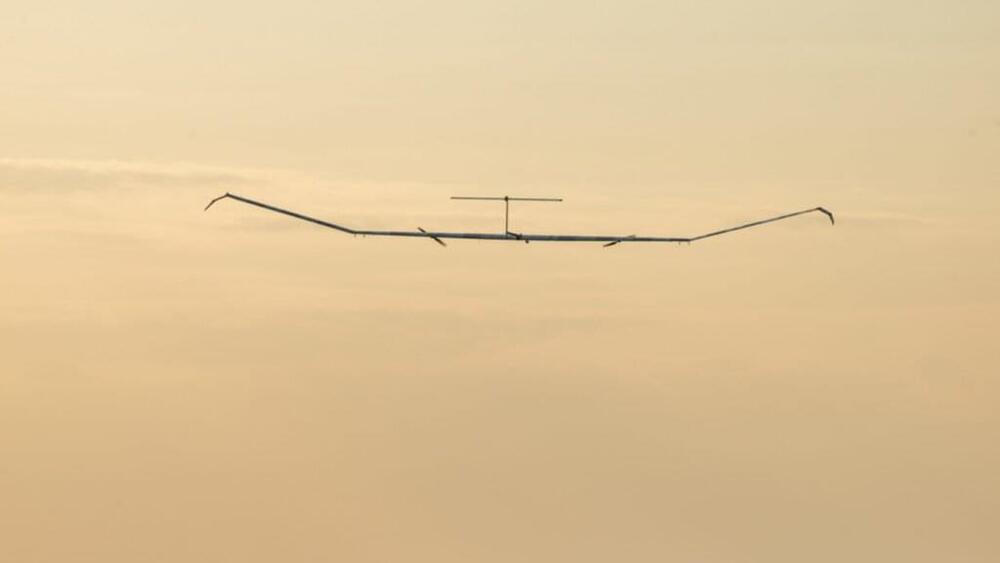A panel of experts agrees and disagrees on exactly which parts of biology we should be taking inspiration from for neuromorphic technologies.




And it would not require the James Webb Space Telescope.
Astronomers think that a new observation technique relying on the detection of faint radio signals will allow them to see the first stars that formed in the middle of thick hydrogen clouds shortly after the birth of the universe.
The technique, introduced in a new paper, looks for a type of electromagnetic radiation signature known as the 21-centimeter line, which was emitted by hydrogen atoms that filled the young universe in the first hundreds of thousands of years after the Big Bang.

Neuroscientist and physician Matthew Schrag found suspect images in dozens of papers involving Alzheimer’s disease, including Western blots (projected in green) measuring a protein linked to cognitive decline in rats.
The Neuro-Network.
𝐁𝐋𝐎𝐓𝐒 𝐎𝐍 𝐀 𝐅𝐈𝐄𝐋𝐃?
𝘼 𝙣𝙚𝙪𝙧𝙤𝙨𝙘𝙞𝙚𝙣𝙘𝙚 𝙞𝙢𝙖𝙜𝙚 𝙨𝙡𝙚𝙪𝙩𝙝 𝙛𝙞𝙣𝙙𝙨 𝙨𝙞𝙜𝙣𝙨 𝙤𝙛 𝙛𝙖𝙗𝙧𝙞𝙘𝙖𝙩𝙞𝙤𝙣 𝙞𝙣 𝙨𝙘𝙤𝙧𝙚𝙨 𝙤𝙛 𝘼𝙡𝙯𝙝𝙚𝙞𝙢𝙚𝙧’𝙨 𝙖𝙧𝙩𝙞𝙘𝙡𝙚𝙨, 𝙩𝙝𝙧𝙚𝙖𝙩𝙚𝙣𝙞𝙣𝙜 𝙖 𝙧𝙚𝙞𝙜𝙣𝙞𝙣𝙜 𝙩𝙝𝙚𝙤𝙧𝙮
A neuroscience image sleuth finds signs of fabrication in scores of Alzheimer’s articles, threatening a reigning theory of the disease.


View insights.
Since 2011, the UK government has been providing a tax-payer funded discount on the sale of battery electric vehicles. Known as the “plug-in car grant”, it was designed to help persuade motorists make the switch from diesel or petrol and commit to electric driving.
But last month the grant was scrapped with immediate effect. It wasn’t exactly a surprise, given that the amount buyers were able to claim back had gradually been whittled down from £5,000 to £1,500; or that it was recently available only for new vehicles costing less than £32,000 (the average cost of electric cars is around £43,000).
In fact, the government had been trying to scrap the grant completely for a while. Only a major backlash a couple of years ago forced the government to do a speedy handbrake turn and keep it going for a while longer.

Last month, there were a lot of waves in the AI community when a senior Google engineer, Blake Lemoine, alleged that the company’s AI has become sentient. The claim was made about Google’s Language Model for Dialogue Applications (LaMDA) that can engage in a free-flowing way about a seemingly endless number of topics, an ability that unlocks more natural ways of interacting with technology.
Initially, Lemoine was put on paid administrative leave, but it appears that Google has now fired him.

To understand the architecture of human language, it is critical to examine diverse languages; however, most cognitive neuroscience research has focused on only a handful of primarily Indo-European languages. Here we report an investigation of the fronto-temporo-parietal language network across 45 languages and establish the robustness to cross-linguistic variation of its topography and key functional properties, including left-lateralization, strong functional integration among its brain regions and functional selectivity for language processing. fMRI reveals similar topography, selectivity and inter-connectedness of language brain areas across 45 languages. These properties may allow the language system to handle the shared features of languages, shaped by biological and cultural evolution.


Circa 2016 A great propulsion system for hoverboards and also magnetic propulsion #spacetechnology on earth 🌎😀
Phase transitions in topologically non-trivial systems are characterized by changes of topological invariants, rather than conventional order parameters. Here, the authors propose a real-space topological phase transition upon pair annihilation of emergent monopoles inherent in chiral magnet MnGe.